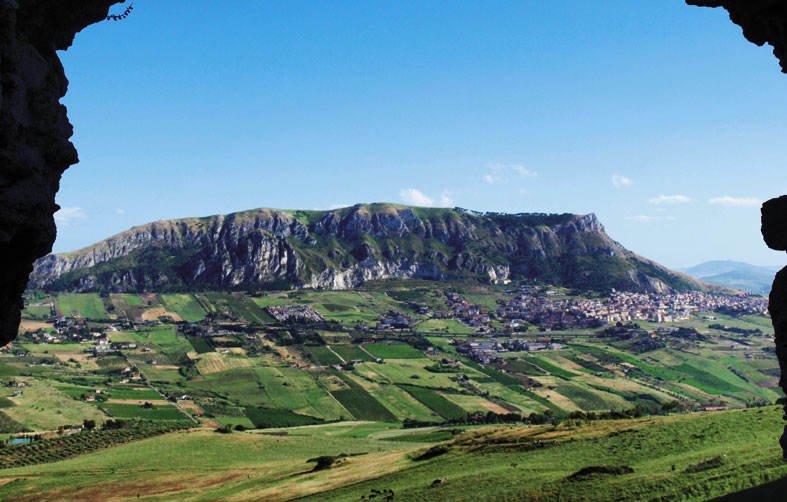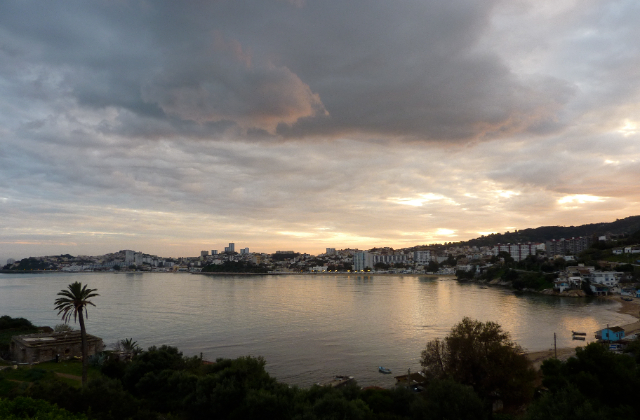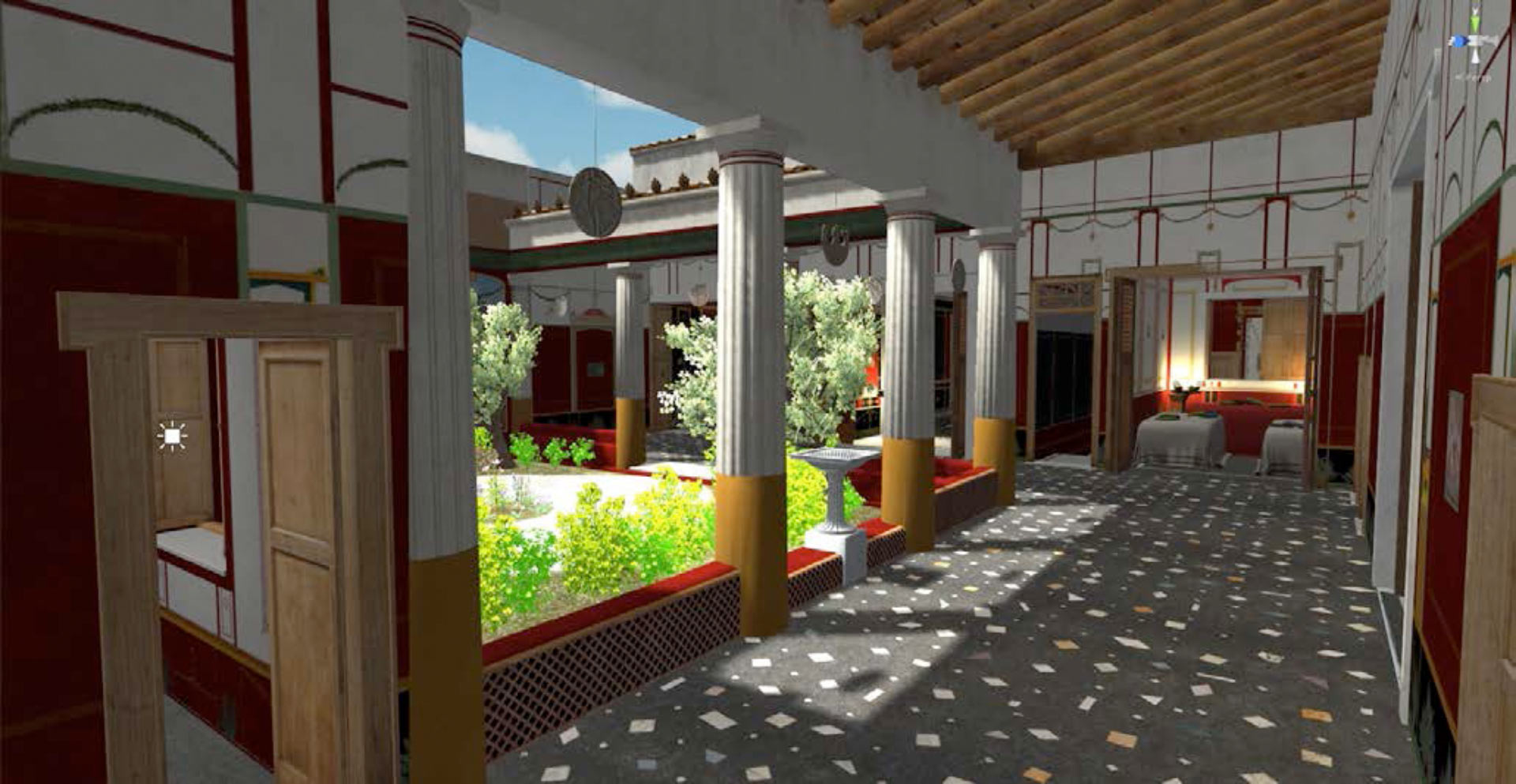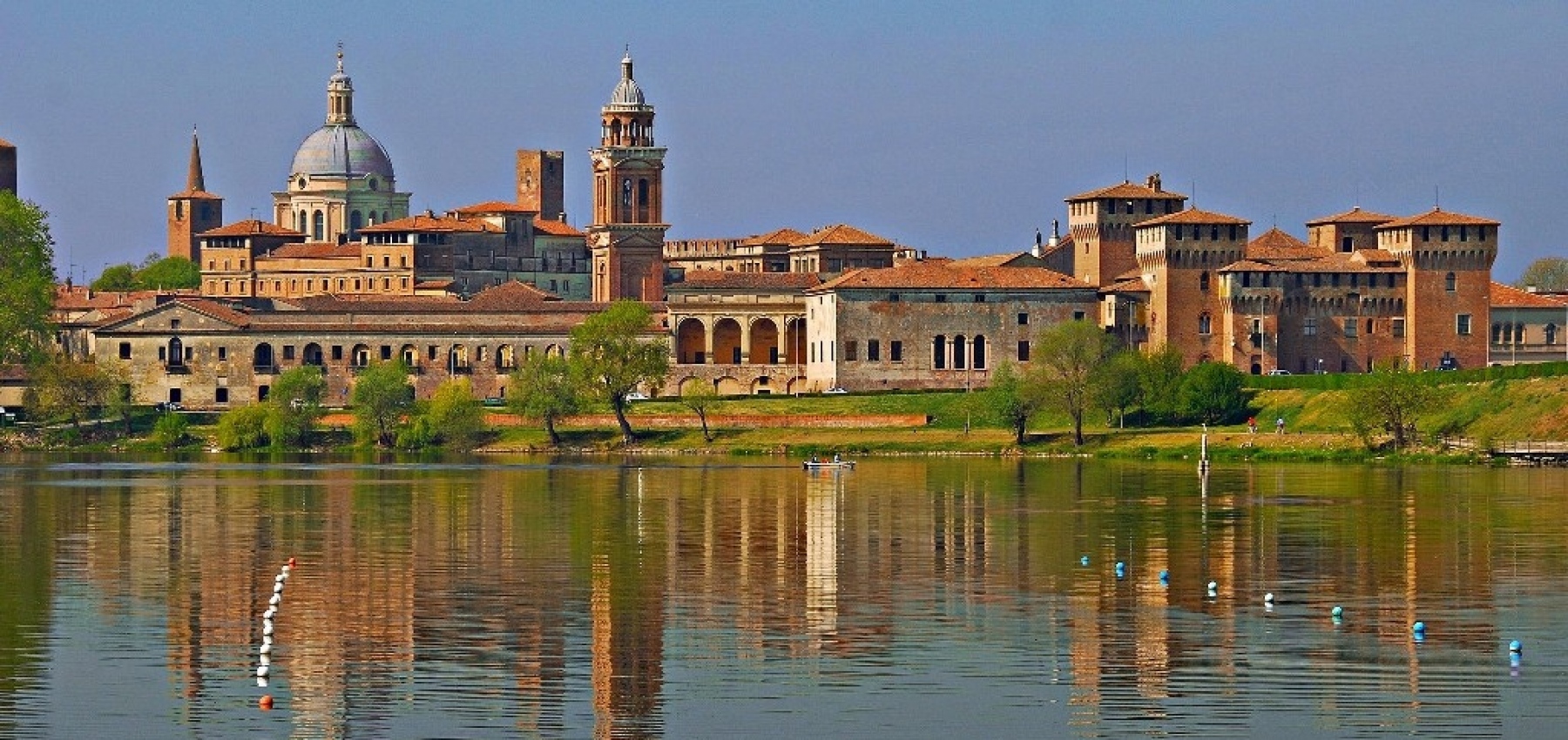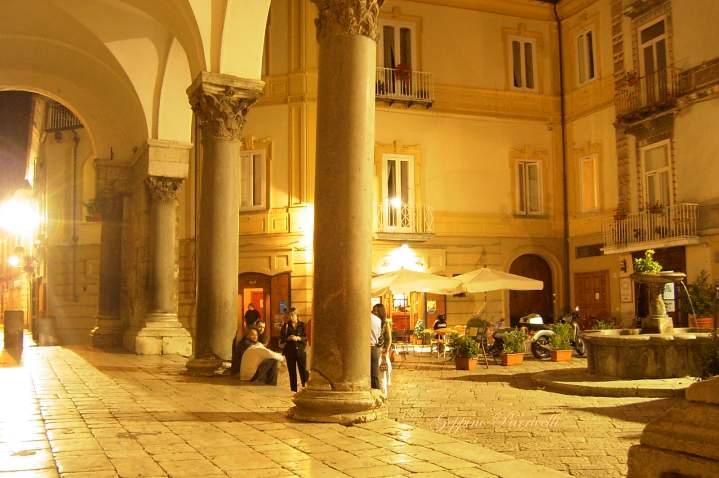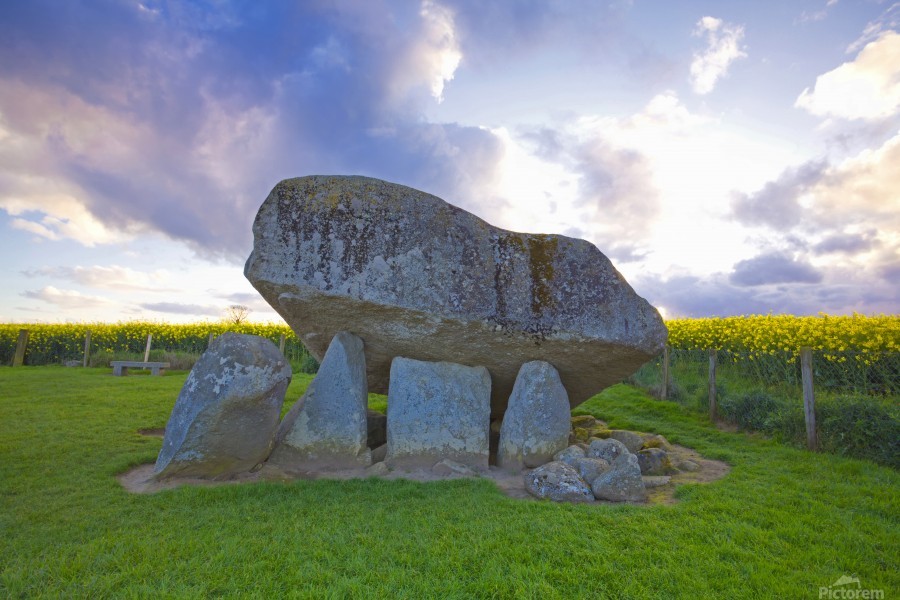About 30 km from Palermo, above the towns of San Cipirello and San Giuseppe Jato, the majestic Mount Jato (852 m. above sea level) dominates the valley of the Jato River and, to the east, that of the right branch of the Belice River.
Starting from San Giuseppe Jato and following a path three kilometres away from the town, one reaches the top of the mountain where the remains of the ancient citadel of Jetas can be found. The site controls on one side the pass of Portella della Paglia, through which access to the Conca d’Oro was assured and the connection with the ancient Punic emporium of Panormos, and on the other side the valley of the Belice, through which it was possible to connect with the southern coast of the island and with the Greek colony of Selinunte.
It is an ancient citadel, probably founded by the Elymians, characterized by the presence of solid Greek-Roman walls, with stones rigorously cut and arranged and precarious walls of the Middle Ages. The settlement is part of a system of settlements on high ground, active from the Greek and Roman periods to the Middle Ages.
An excavation mission, led by Professor Peter Isler of the University of Zurich in 1971, contributed decisively to bringing to light the settlement of Jetas, a citadel mentioned by historians of the calibre of Thucydides, Diodorus Siculus, Pliny and Cicero.The first human settlement on Mount Jato arose around the first millennium BC. Around the sixth century. BC, there were instead, the first contacts with the Greek colonial world and, thanks to architects and Greek craftsmen, arose the first buildings in masonry and the Greek city with its characteristic buildings: the temple of Aphrodite, the theater, the agora, the private house peristyle and others. Starting from the 4th century B.C. Jetas, as well as the whole western Sicily, was under the rule of the Carthaginians. Thanks to the account of Diodorus Siculus we know that between 278 and 275 B.C. it was attacked by Pyrrhus, king of Epirus, and that during the first Punic War (264-241 B.C.) the Jetinos, having driven out the Carthaginians, surrendered to the Romans and regained possession of the Mount.
